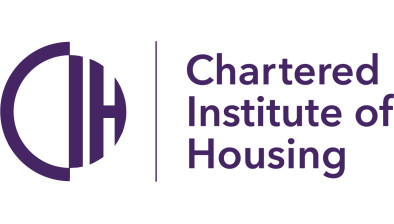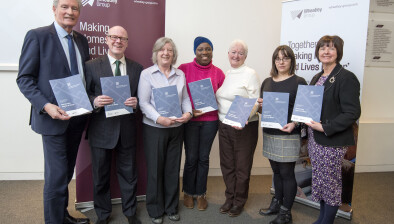England: Homeowners get more government subsidy than social housing tenants or private renters
 A new report published by the Chartered Institute of Housing (CIH) has found that homeowners get a much bigger slice of UK Government help than social or private renters.
A new report published by the Chartered Institute of Housing (CIH) has found that homeowners get a much bigger slice of UK Government help than social or private renters.
Contrary to expectations, an exhaustive analysis of government spending, taxation and regulation of the housing market reaches the conclusion that home-owners are the most subsidised, followed by social housing tenants and then private landlords and renters.
It’s the first study to have made such a broad comparison of government intervention in the market, taking account not only of government spending on grants, loans and guarantees, but also tax reliefs, welfare benefits and regulatory mechanisms which aim to stimulate or control the three main routes by which people get access to housing.
The research was carried out by housing finance experts Steve Wilcox, former professor of housing policy at the University of York’s Centre for Housing Policy and Peter Williams, departmental fellow in land economy at the University of Cambridge and funded by UK Finance. It shows that the government is directing about £8 billion annually into private housing over the five years to 2020/21, with over half going specifically to support home ownership and the remainder being more broadly aimed at the private market. In contrast, direct funding for new social housing is less than £2bn annually, although most of this is grant spending whereas much of the private market support is via loans or guarantees.
Tax reliefs deliver a much bigger benefit to home-owners than they do for private landlords. Net tax relief for owners was some £29bn in 2016/17 (£10bn paid in tax; £39bn received in tax reliefs). In contrast private landlords paid net tax of at least £8bn.
On the other hand, the benefit system aids tenants much more than home-owners, with about £15bn annually going to social housing tenants and £8.5bn to private renters.
Although regulation in different forms constrains both the home-owner market and private renting, the latter has a strong advantage in having access to interest-only mortgages whereas new home buyers have to navigate various restrictions on mortgage availability.
Overall, however, the report Dreams and reality? Government finance, taxation and the private housing market concludes that home ownership is the most ‘subsidised’ tenure, followed by social housing and then the private rented sector.
CIH chief executive Terrie Alafat CBE said: “This report demonstrates just how much government support is going to the private market, and to home-owners in particular. It takes a comprehensive look at the way the government supports our housing system – and we would urge ministers to do the same. Currently just 21% of government investment is going to affordable housing. Rebalancing this budget to support people on lower incomes who can’t afford to buy could make a big difference. It is vital that the government supports councils and housing associations to build more homes for social rent.”
The research, funded by trade body UK Finance, builds on work the Chartered Institute of Housing has done to show how almost four-fifths of government grants, loans and guarantees now go to support the private sector. Combining this with analysis of the net effect of the tax and benefits system shows the marked advantage home-owners have in terms of government support.








